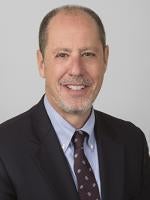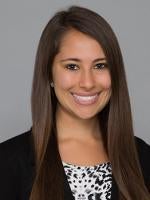First Amendment retaliation claims may be getting harder to pursue for state employees, as courts seem increasingly likely to view speech as part of the employees' roles as public officials rather than as private citizens.
The U.S. Court of Appeals for the Ninth Circuit recently upheld a ruling that a Washington State high school football coach had no First Amendment right to kneel and pray on the 50-yard line immediately after football games in view of parents and students. In Kennedy v. Bremerton School District, the coach sued for First Amendment retaliation when, based on his refusal to stop the public prayer, he was placed on administrative leave. The main point of contention was whether the coach expressed his religious devotion as a private citizen or as a public employee.
The court held that the coach spoke as a public employee because:
-
the prayer was undertaken "immediately after games while in view of students and parents," as opposed to "silently and alone;"
-
the speech was, at least in part, directed to students and spectators; and
-
the coach's job description required him "to be a coach, mentor and role mode [and to] exhibit sportsmanlike conduct at all times."
The court found that the coach's role is akin to that of a teacher, who is "responsible for communicating the District's perspective on appropriate behavior through the example set by his own conduct." Because he spoke as a public employee, his speech was not constitutionally protected.
The Ninth Circuit is not alone in its interpretation of free speech for public employees. In June, the U.S. Court of Appeals for the Third Circuit held that a former public defender could not maintain a First Amendment retaliation action against his office's director based on statements he made in court that he was "being punished" for taking too many cases to trial. In De Ritis v. McGarrigle, the court examined three different places where he made the statements: to judges and attorneys while in court, to attorneys outside the courthouse, and to county officials.
The court based its ruling on three key findings:
-
The plaintiff's statements were made in court in a public capacity because his close access to judges and other attorneys came as a result of his position. Therefore, "idle chatter [with attorneys and judges] while waiting for court to begin or end" was part of his official capacity and unprotected by the First Amendment.
-
While the lawyer may not have acted in an official capacity in speaking to attorneys outside of the courthouse, his speech did not touch on matters of public concern, and for that reason also fell outside the bounds of First Amendment protection.
-
Finally, the lawyer made the statements to county officials as a private citizen, and they did touch upon matters of public concern. Nevertheless, the court held that these comments were not entitled to First Amendment protection because "whatever First Amendment value [the] statements had, [they] gave [the director] adequate justification to treat him differently from a member of the public" and entitled the director to qualified immunity for his decision to fire the plaintiff.
These decisions may signal courts' decreasing willingness to provide relief to public employees for potential First Amendment violations. Public employees still have recourse against retaliation. But to be protected, they must be speaking as private individuals, their speech must touch on a matter of public concern, and the employer must lack adequate justification for treating the public employee differently than a private citizen.




 />i
/>i

